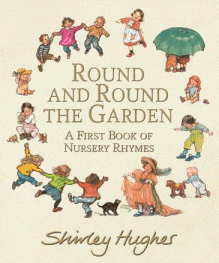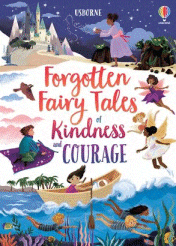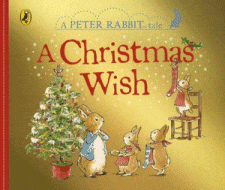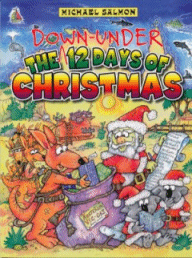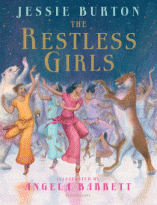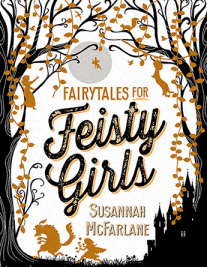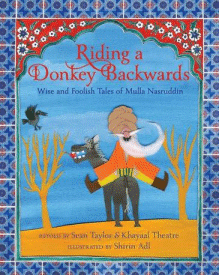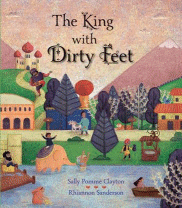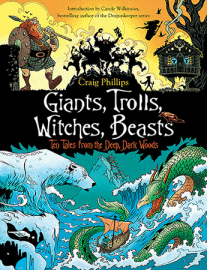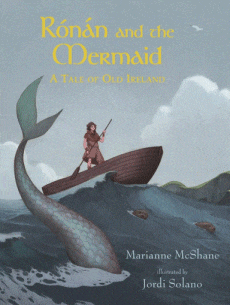
Rónán and the Mermaid: A Tale of Old Ireland
Rónán and the Mermaid: A Tale of Old Ireland
Marianne McShane
Jordi Solano
Walker Books, 2022
32pp., pbk., RRP $A16.99
9781406394320
Long ago, on the eastern coast of Ireland, a monk from the Abbey of Bangor was collecting driftwood along the shore when he found a boy washed up amid a circle of seals. At first the boy could barely move or speak. But when he regained his strength, he recalled being brought ashore by a lady with long golden hair who sang him to safety and gave him a silver ring. The monks knew the legend of a mermaid who had wandered the coast for three hundred years. Could it possibly have been her?
Inspired by a story told in medieval chronicles of Irish history, seanchaí, Marianne McShane has woven a captivating tale of an orphan, an unlikely rescuer and a lifelong debt that takes the reader back into the hazy past of Ireland where myths, legend and religion are so intermingled they are all but inseparable, creating a new story that may, one day, itself become part of the legend. The mood of myth and mystery is enhanced but Jordi Solano’s illustrations that have a sombre but warm palette and soft lines that imitate the blurring of old and new.
An intriguing story that offers an alternative story about mermaids for those who adore these beings.
